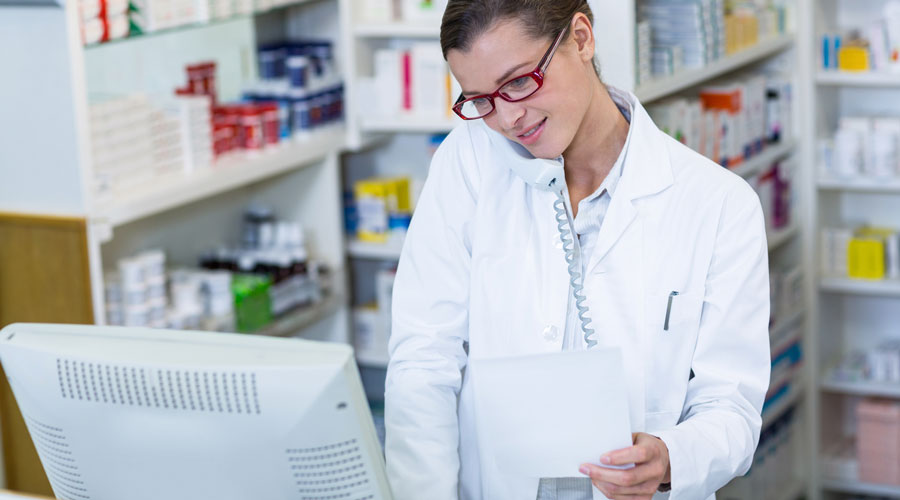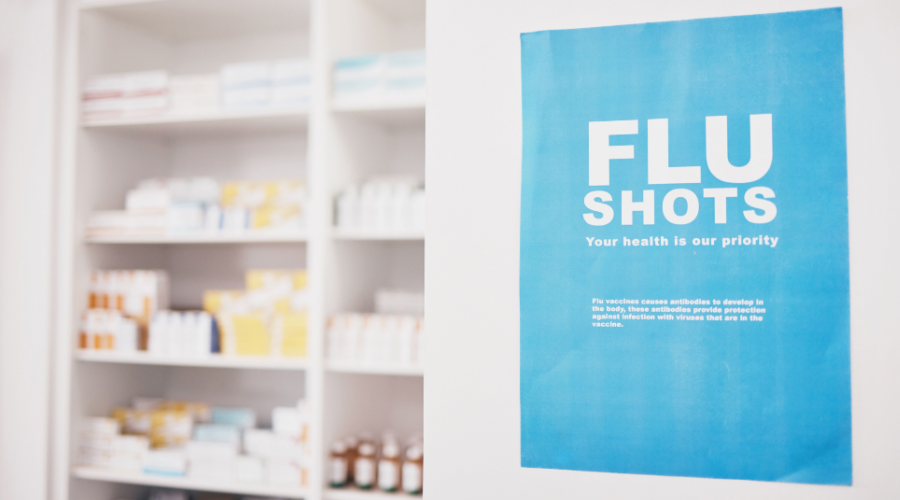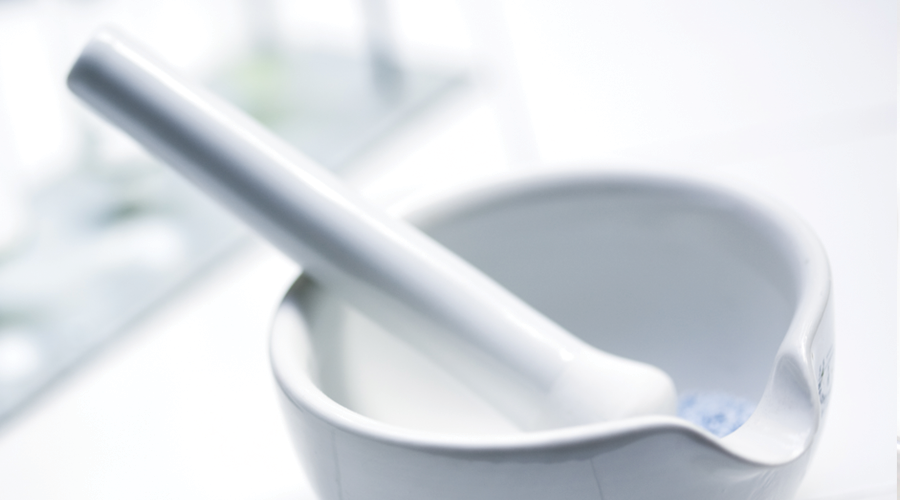Your pharmacy needs equipment to function.
Without computers, you can’t process prescriptions. Without a point-of-sale system, you can’t sell any products.
And if you want to compete with your big box rivals, you need even more expensive pharmacy equipment to enhance productivity.
Consider the equipment that can give your pharmacy an edge:
- Counting automation
- Safe workflow automation and packaging
- Telepharmacy equipment
- Adherence automation
- Health kiosks
But you have a problem.
Most of that pharmacy equipment costs a lot. Paying for it outright can deplete your working capital. Leasing it can cost you a lot of money in the long run.
So what’s the best way for your independent community pharmacy to get the equipment you need?
This guide on buying versus leasing pharmacy equipment can help.
Learn the pros and cons of buying pharmacy equipment
You can buy pharmacy equipment in two ways. Purchase the equipment in full with cash or finance it with a loan.
Pros of buying pharmacy equipment:
- Less total cost. Whether you buy the pharmacy equipment through a loan or with cash, the total costs will almost always be lower than a lease.
- Helps your balance sheet. Owning pharmacy equipment makes it a business asset rather than a liability on your balance sheet.
- Provides tax deductions. You can claim the depreciation and the interest of the asset as deductions on your taxes.
- Gives you control. You own the equipment in full. So, you have complete control over how you use it.
- Builds equity. The asset is yours forever and you have equity built into the equipment. So, you can sell it to earn back some of your money.
Cons of buying pharmacy equipment:
- High upfront costs. You need a lot of cash on hand to buy expensive equipment in full. You’ll need enough to pay for your operating expenses after you purchase the equipment. And if you take out a loan, you’ll need significant cash for a down payment.
- Higher monthly payments. Loan payments are usually higher than lease payments because you’re paying off the entire purchase price of the asset plus interest.
- Replacement risks. When you own the equipment, you’re responsible for replacing it when it breaks or becomes obsolete. And, high-tech equipment runs the risk of turning obsolete before you get a return-on-investment (ROI).
The upshot: It pays to buy instead of lease. But only if you have enough capital to comfortably purchase the pharmacy equipment and you feel confident you’ll use the asset for a long time.
Learn the pros and cons of capital leasing pharmacy equipment
Capital leases work like financing loans. For accounting purposes, you own the asset. You also take on all maintenance, risk and tax obligations for the asset. At the end of the term, you can choose to keep ownership of the asset, often for a nominal fee.
Pros of capital leasing pharmacy equipment:
- Low-to-no up-front cost. Leases don’t cut into your working capital because you’re not paying cash for the purchase or a high down payment. Some leases require little to no money down except an initial deposit of the monthly payment.
- Tax deductions. Similar to if you bought the equipment, you can claim the depreciation and the interest of the asset as a deduction on your taxes.
- Avoids outdated technology. Equipment gets outdated. Leasing puts the problem of disposing of and replacing old equipment on the leasing company.
Cons of capital leasing pharmacy equipment:
- Higher total cost. A lease preserves your working capital. But it generally costs you more money overall.
- Lease termination fees. You have to make payments for the entire lease period even if you stop using the equipment. If you want to leave a lease early, you could face expensive early-termination penalties.
The upshot: Leasing pharmacy equipment preserves working capital but costs you more in the long run.
You should consider capital leasing if:
- You don’t have enough capital to buy the equipment outright or to make a down payment for a loan
- The equipment will become obsolete soon
- You need to generate ROI immediately
Learn the pros and cons of operating leasing pharmacy equipment
Operating leases are rentals. The leasing company lends the equipment but maintains ownership of it. At the end of the term, the lessee must return the equipment to the owner.
Pros of operating leasing pharmacy equipment:
- Low-to-no upfront cost. Operating leases offer the same major advantage as capital leases. They allow you to obtain equipment without spending a lot of cash on it.
- Deductible payments. Because operating leases are considered operating payments, you can deduct them on your taxes.
- Easier to obtain. Operating leases are generally easier to qualify for than a loan. And you can get them faster.
- Flexibility. Operating lease offer shorter terms. You can upgrade the equipment at the end of the lease term and plan your ownership periods to let you replace assets when it works for you.
- Low risk. You avoid risk with the long-term value or obsolescence of the equipment.
- Reduced maintenance costs. The asset belongs to the lessor. So, the lessor must pay to repair and maintain the equipment.
Cons of operating leasing pharmacy equipment:
- No asset equity. Once your lease is up, you give up the equipment. You won’t have the option to sell the equipment once you’re finished with it. So, you can’t make any money back.
- No control. You don’t have ownership. So, you must comply with all the terms of the lessor, even if you’d like to use the equipment in another way.
The upshot: Use an operating lease if you need equipment that you’ll want to upgrade or get rid of after a short period, such as a laptop. Otherwise, stick to a capital lease or buy the equipment because you’ll keep the equity of the asset after you pay for it.
Now that you have the pharmacy equipment buying knowledge you need, make the right business choice for your business.
Want more pharmacy business tips and advice? Sign up for our e-newsletter.












